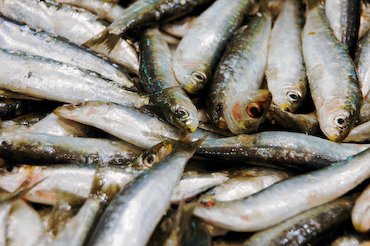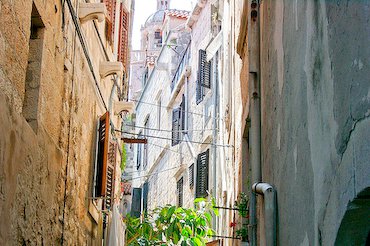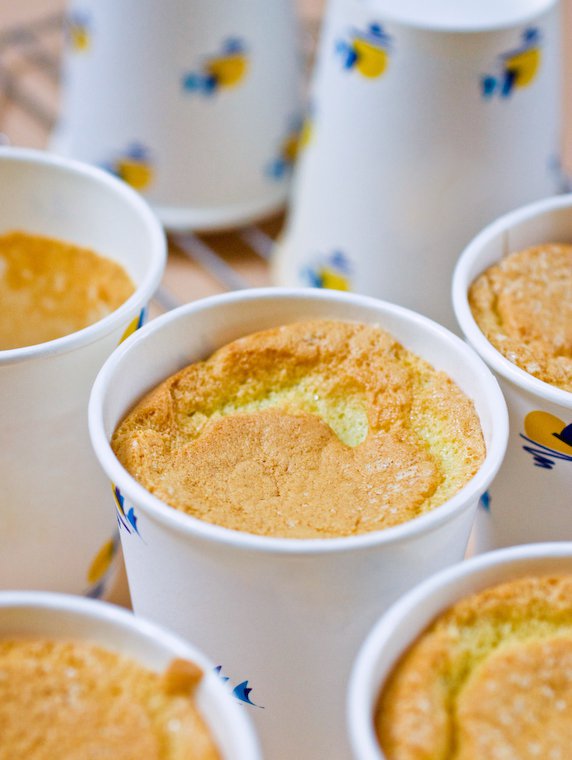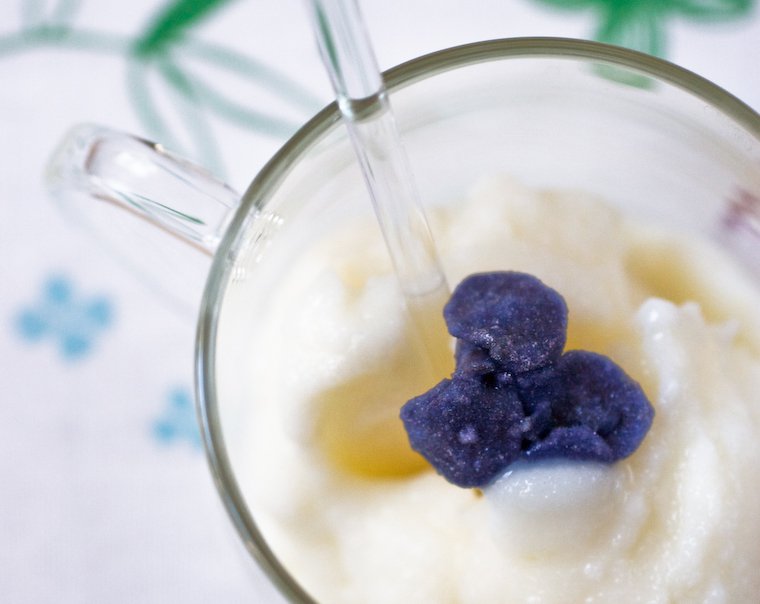
I blame it all on my nephew.
Around the time that he was born, earlier this year, something clicked and I decided to take the whole sustainable seafood thing seriously: if he and his unborn cousins are to enjoy a long life full of lobster tails and skate wings, it is up to me to make informed and responsible choices now.
I had heard of the depletion of the oceans before, but I don’t think I had quite realized how dire the situation is: fish populations the world over are threatened by overfishing, overconsumption, pollution, and fishing techniques that wreak havoc in local ecosystems. If we don’t change our ways fast, major fish species may become extinct as early as 2050.
Like all environmental problems, this is an abysmally complex one, with multitudinous causes, implications, side effects, and collateral damages. And if you factor in other, equally pressing concerns, such as levels of mercury, PCB, and other contaminants, as well as the need to favor locally sourced ingredients, it all becomes rather overwhelming, befuddling, discouraging, check all that apply. Not everyone aspires to become an expert in marine matters, and not everyone has the time or inclination to decode what the experts are saying.
We just want to eat fish and be merry.
It is perhaps tempting then to sit on one’s hands and say, well, I’m just the one consumer, I can’t change the world, and that slab of red tuna on the fish stall or on the menu is already out of the water anyway, so I might as well eat it.
But no; it is best to let that slab of red tuna sit there, uneaten, for it is very much a chicken-or-egg (or rather, a fish-or-roe) matter. As much as we would want them to, restaurants and fish markets aren’t in the business of saving the planet; they’re in the business of making their customers happy.
And if what makes you happy is to feel sure that the fish you buy has been fished or farmed sustainably — that is to say, in a way that ensures that the fish population will be maintained or increased, and that the ecosystem it belongs to is protected — then it will become financially profitable for fish vendors and restaurateurs to care.
So, what to do, what to do?
Continue reading »







